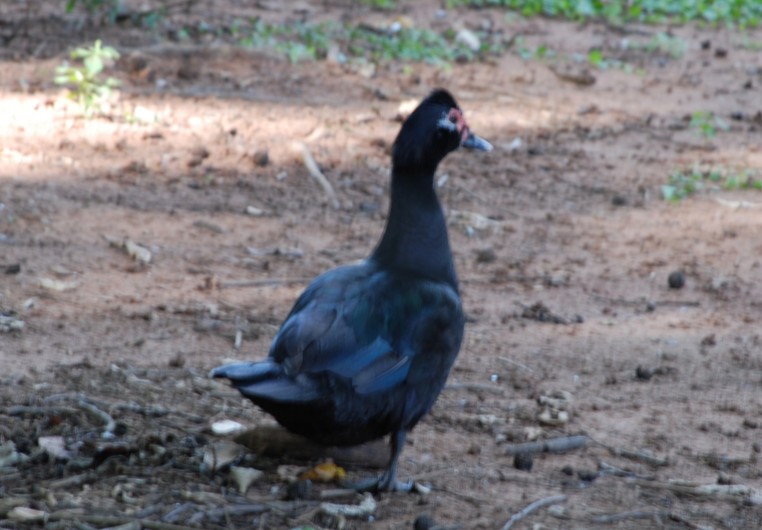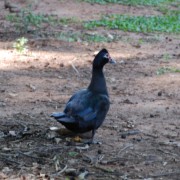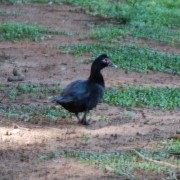Biodiversity
 Muscovy duck
Cairina moschata | Linnaeus, 1758
Muscovy duck
Cairina moschata | Linnaeus, 1758

Characterization: A large species measuring about 85 cm in length and 120cm in wingspan. It has black plumage with a white spot on its wings. The male is much larger than the female, as is its tuft and fleshy expansion (wattle), which it has at the base of its beak.
Distribution: From Mexico to northern Argentina and throughout Brazil.
Habitat: Edge of lakes, dams, and rivers surrounded by forests or near them.
Habits: Diurnal and aquatic species. It is sociable and can occur in high concentrations.
Diet: Herbivorous, feeding on small seeds and leaves.
Breeding: It lays its eggs in a nest built in tree hollows and on trees.
In the UFRA area: The Muscovy duck is a species considered uncommon in the surveys that were done because it was found only 4 times. It had a medium spatial distribution because it was found in the wetlands with riparian forests, in native forests, and in the drainage ditches.





